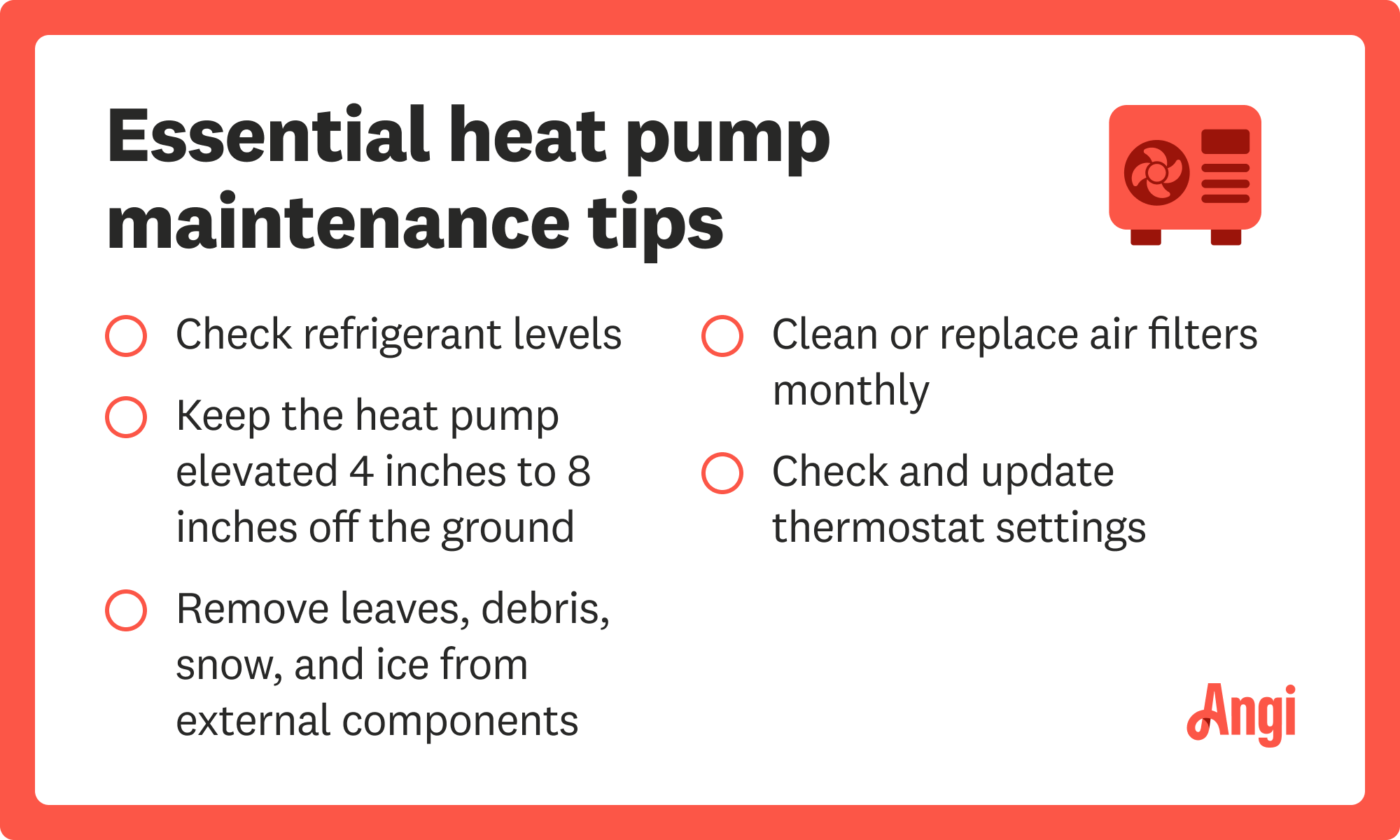
What you’ll pay in Columbus, OH, for furnace repairs depends on many factors. Here’s a breakdown of what can go wrong and the cost to fix those issues.
You’ll be pumped to know the answer to this important question


Heat pumps and air conditioners are both HVAC systems that work to heat and cool your home. But how do you know if you have a heat pump?
Heat pumps and AC units aren’t quite the same in function though they can look similar. Knowing what type of system you have is important because each system requires unique repair and maintenance from a heat pump professional. Let’s consider four ways to know if you have a heat pump or not.

One of the easiest and most definitive ways to find out if you have a heat pump is to read your system’s labels. If you can’t find labels on the condenser unit, be sure to check the side of your indoor air handler.
First, locate the manufacturer label on your system and look for its Model Number, often indicated as M/N. If your Model Number begins with “HP,” this means your system is a heat pump. If you don’t see an HP at the beginning of your Model Number, make a note of it and then look it up online; this search can provide helpful information on the type of HVAC unit.
In addition to the manufacturer label, you can also check your system’s energy efficiency label. The energy efficiency label is bright yellow. When checking this label, you’ll either see “SEER” which stands for “Seasonal Energy Efficiency Ratio” or “HSFP” for “Heating Seasonal Performance Factor.” If you have a heat pump, your label should read “HSFP.” Keep in mind that older systems may not have labels.

Another way to determine whether or not you have a heat pump is to inspect your system’s thermostat. If your thermostat reads “Emergency Heat,” this means it has an emergency heating option and is a heat pump.
You could also turn on the heat pump’s thermostat and check to see if your outdoor unit is making noise and blowing out warm air. If so, you have a heat pump. This test method may not be effective if you have a hybrid system, as turning on the heat may not start up the heat pump.
If turning on your thermostat doesn’t turn on your heat pump, try looking inside the top of your outdoor unit for a reversing valve. This part is made of brass and it’s responsible for switching the heat pump from the heating to cooling function.
If you spot a brass valve, you have a heating pump. If not, this doesn’t necessarily mean you don’t have a heat pump; some brass valves can be hidden from sight depending on the type of system.
If none of the methods mentioned above bring you success, you can never go wrong consulting with a heat pump repair professional near you. Not only can a pro shed light on what type of HVAC system you have, they’re also highly trained to do any necessary HVAC repairs or maintenance. To keep your HVAC system in optimal shape, it’s best to hire a pro to service your system at least once a year.
From average costs to expert advice, get all the answers you need to get your job done.

What you’ll pay in Columbus, OH, for furnace repairs depends on many factors. Here’s a breakdown of what can go wrong and the cost to fix those issues.

Factors such as labor and parts impact the final price of repairing a window AC unit. Learn all of the costs associated with window air conditioner repair.

Find out the average humidifier repair cost, what impacts pricing, and how to save. Get expert tips to budget for your humidifier repair.

Discover the average air handler replacement cost, including labor and materials, plus expert tips to help you budget and save on your HVAC upgrade.

Is your heat pump not blowing hot air? Several factors could be causing this issue, and we dive into seven of the most common heat pump issues.

Take several factors into consideration when upgrading your HVAC system. Our guide will help you choose the right HVAC upgrade.